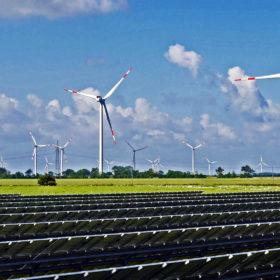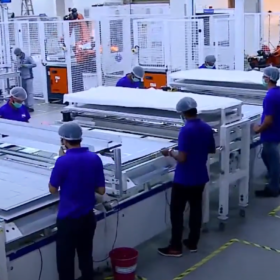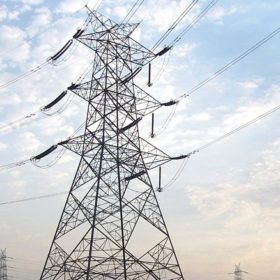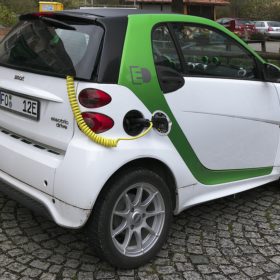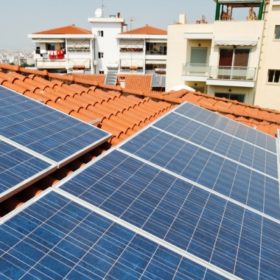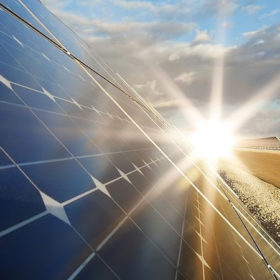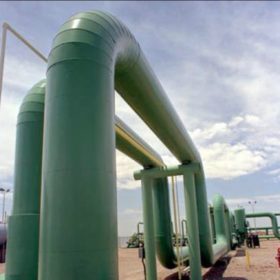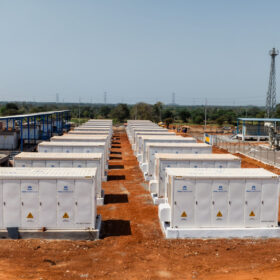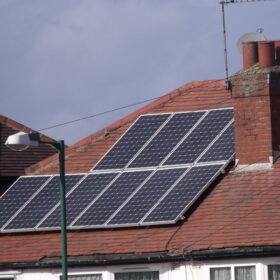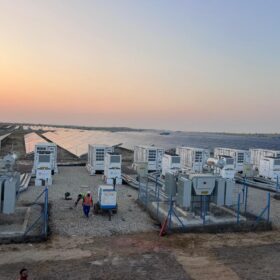Ensuring a just energy transition
The renewable energy sector must lead responsibly by addressing land use, circularity and financing.
Pausing ALMM will hit solar manufacturing investments, say industry bodies
The implementation of the ALMM (The Approved List of Models and Manufacturers) mandate is crucial to protect INR 53,773 crore of investments that India would require over the next 3-4 years to indigenize the domestic solar manufacturing value chain, say manufacturers.
Union Budget 2023: Mainstreaming flexible and resilient grids
While the current policy regime supports the adoption of flexible resources like batteries, grid flexibility and resilience require more focus and a range of calibrated efforts, including due acknowledgment as a sector priority and robust planning at the central and state level. The upcoming union budget provides an opportunity for the government to develop flexible and resilient grids.
Union Budget 2023-24: EV industry calls for GST cut for batteries, low-cost EV finance, and more
Players in the electric vehicle (EV) hope the government will bring down the goods and services tax (GST) on EV batteries to 5% and lower duties on raw materials required for cell manufacturing. They also call for easy, low-cost EV finance to drive customer adoption.
TERI recommends provisions for green fund in Union Budget 2023-24
Experts at TERI say the money collected as cess on coal could be used to create a Green Equity Fund and also provide viability gap funding for energy transition projects.
Himachal Pradesh targets 100% green energy by 2025
Solar projects aggregating to 500 MW are on the anvil. These projects are planned in the state during the fiscal year 2023-24.
Hydrogen as a sustainable alternative fuel for transport
At Hydrogen India Summit 2023, Black & Veatch pinpointed business models that will hasten India’s shift to cleaner fuels like green hydrogen.
India misses 2022 renewables target of 175 GW by 30%
India has installed a cumulative renewables capacity (excluding large hydro) of 122 GW as of December 31, 2022, falling 30% short of its 175 GW target. While solar addition has remained more consistent than wind over the last few years, 2023 is going to be a challenging year for PV installation due to the shortage of domestically manufactured modules.
EV manufacturers’ wishlist for Union Budget 2023–24
Electric vehicle (EV) and component manufacturers seek a uniform 5% goods and service tax (GST) for all EV spare parts. They also want the scrapping of import duty on lithium-ion battery cells and policy support for battery recycling.
“2022 was an eventful year for solar manufacturing”
pv magazine speaks to Dr Hitesh Doshi, chairman and managing director of Waaree Energies, to know about the progress of solar manufacturing in India in 2022 and the way forward.
